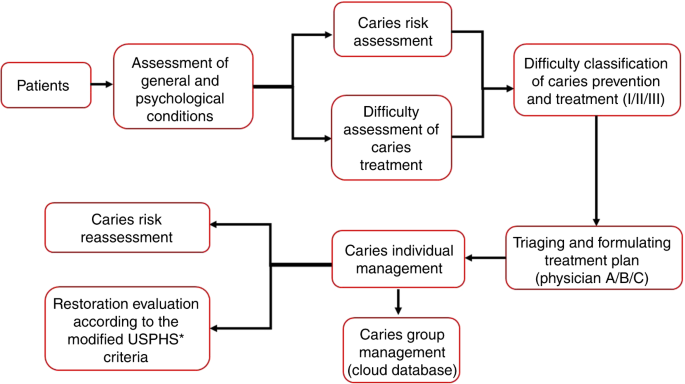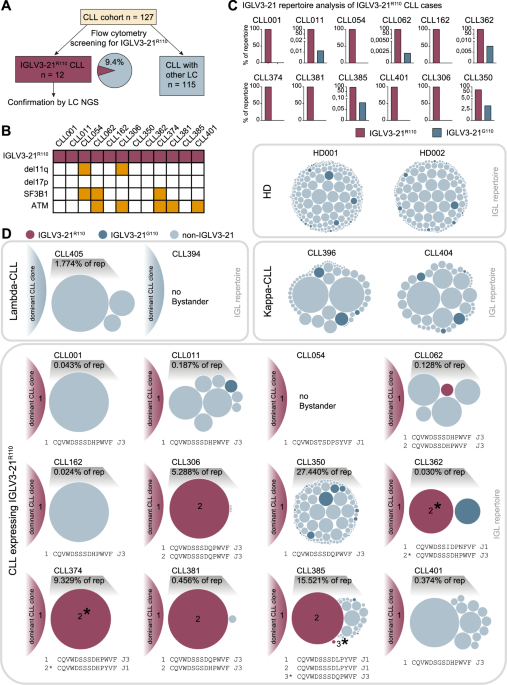Abstract
Aims
The objective of the present case series is to report on the rationale, surgical technique and outcome of a protocol for peri-implant mucosal phenotype modification therapy, referred to as "fibrin immobilization vestibular extension (FIVE)".
Material and Methods
The protocol utilized entailed apical positioning and stabilization of peri-implant flap with modular screws. The screws were also used for the immobilization of solid matrix platelet-rich fibrin to fill the gap created between apically positioned flap and the crestal margin of the flap.
Results
A total of 30 patients (12 male, 18 females) with 93 implants were treated with FIVE protocol for various indications, including for vestibular extension following alveolar ridge augmentation (N = 6), preprosthetic (N = 9), postprosthetic (N = 2), and peri-implantitis (N = 13). The keratinized mucosal width preoperatively was 1.67 mm with 95% confidence interval [CI] (1.46, 1.88). Immediately following FIVE surgery, the vestibule was extended to 9.10 with 95% CI (8.44, 9.76). At 3 months, 4.9 mm (95% CI: 4.5–5.2 mm) of peri-implant keratinized mucosal width was present. The keratinized mucosal width remained relatively stable thereafter and was 4.0 mm (95% CI: 3.5–4.5 mm) at 3 years post-FIVE surgery. When overall group means across all time points were analyzed, maxilla had mean of 6.1 mm (95% CI: 5.8–6.5) versus mandible exhibited mean of 5.1 mm (95% CI: 4.6–5.6 mm). The mean of maxilla was si gnificantly higher than that of the mandible (p < 0.0001) across all time points. Treatment of peri-implantitis with FIVE lead to significant pocket reduction and wide band of keratinized mucosa. Seven of 38 implants in 3 of 13 peri-implantitis patients were removed due to advanced peri-implantitis.
Discussion
The present case series provides proof-of-principle data for efficacy of FIVE for peri-implant phenotype modification therapy that generated attached keratinized mucosa in a variety of applications. This protocol provides an alternative to procedures involving harvesting of autogenous mucosal graft.





